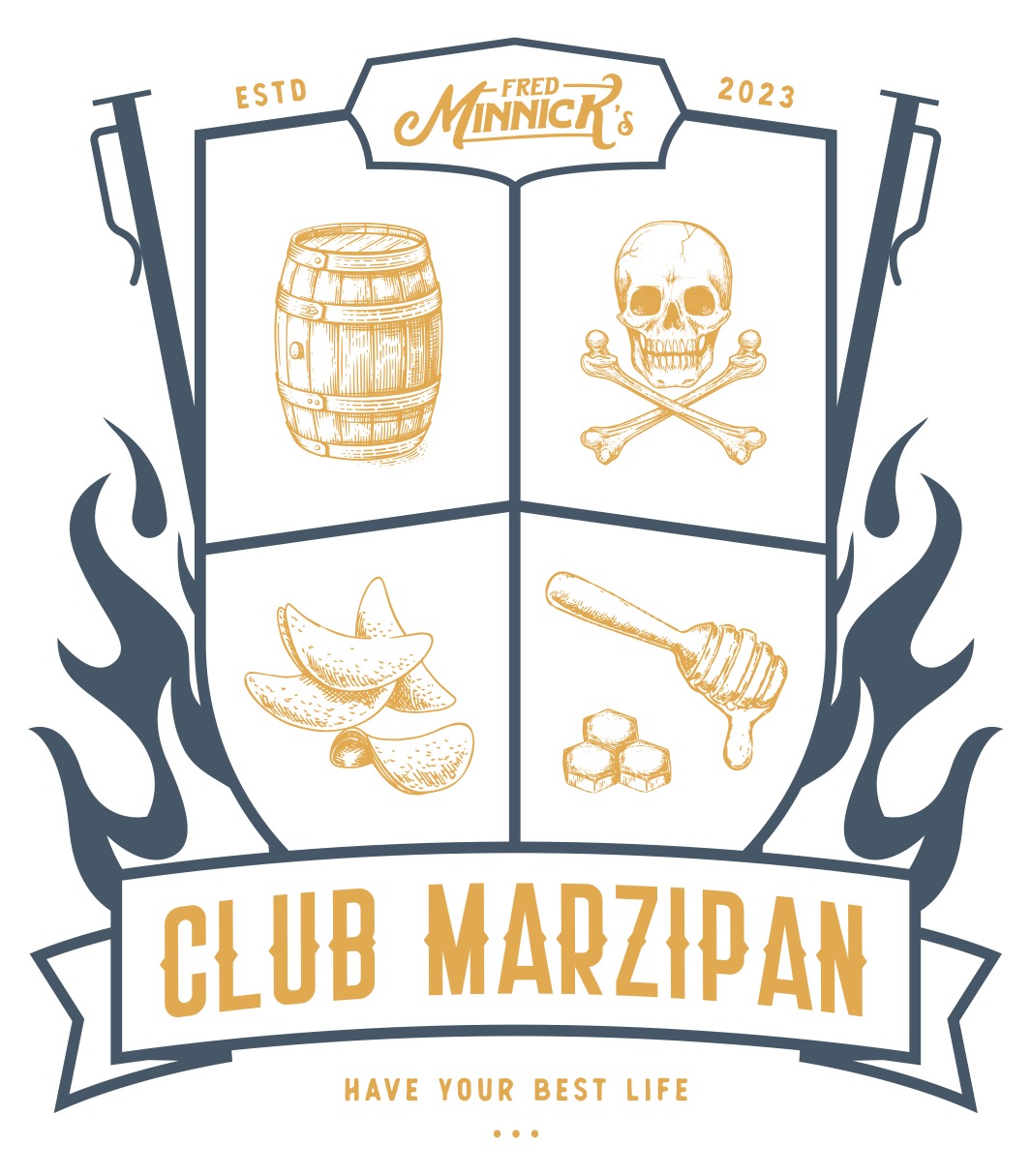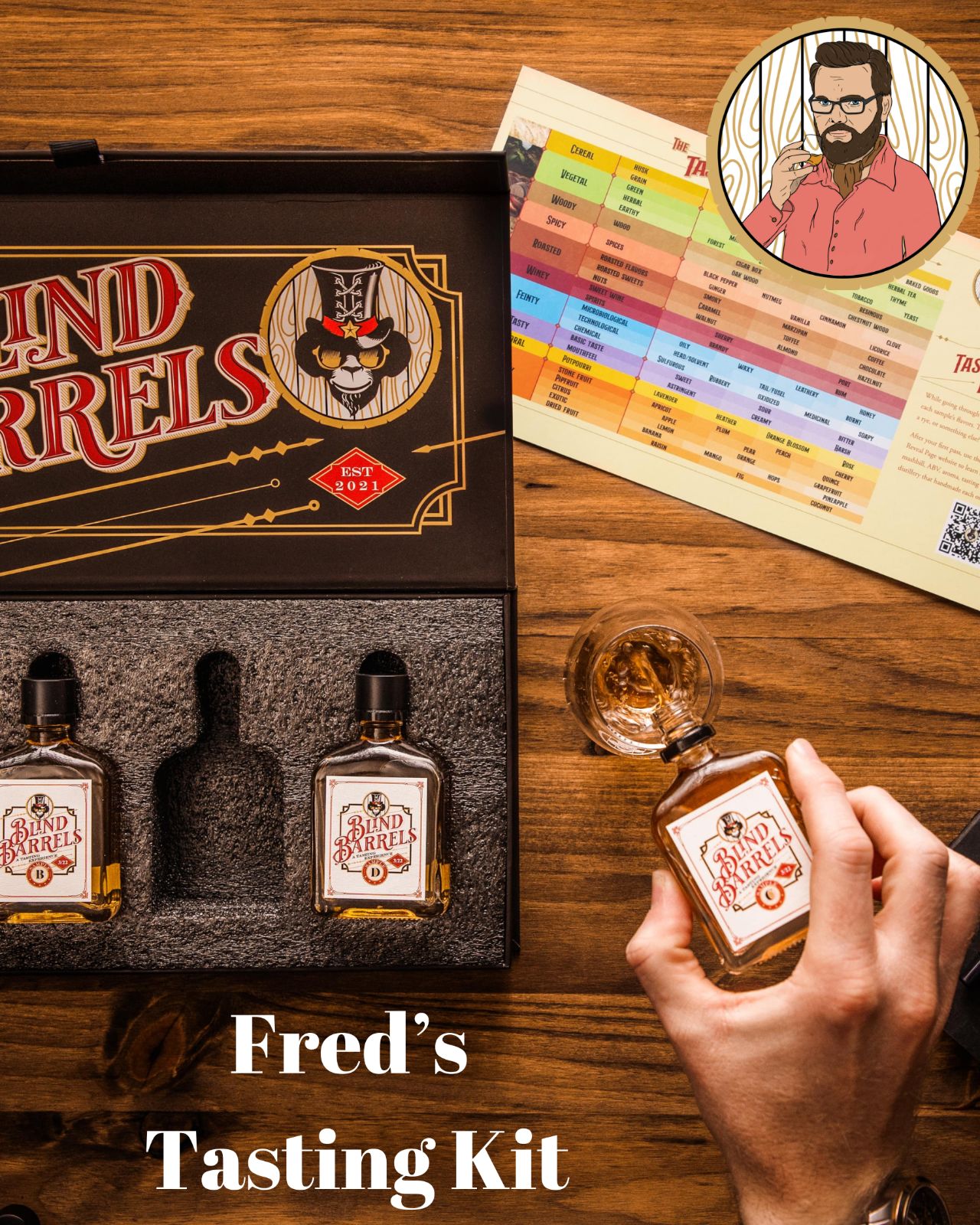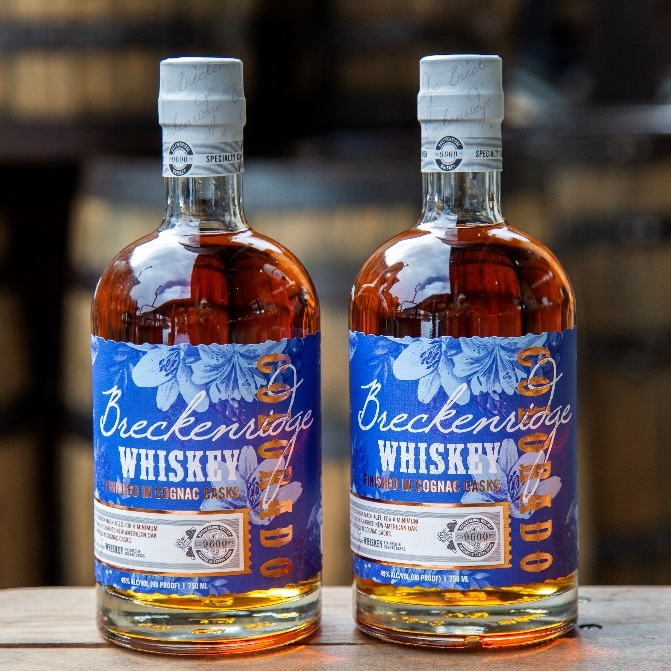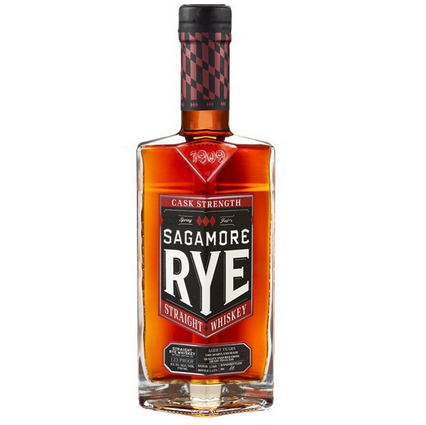Hunter’s Tip: Drink Whiskey for Snake Bite
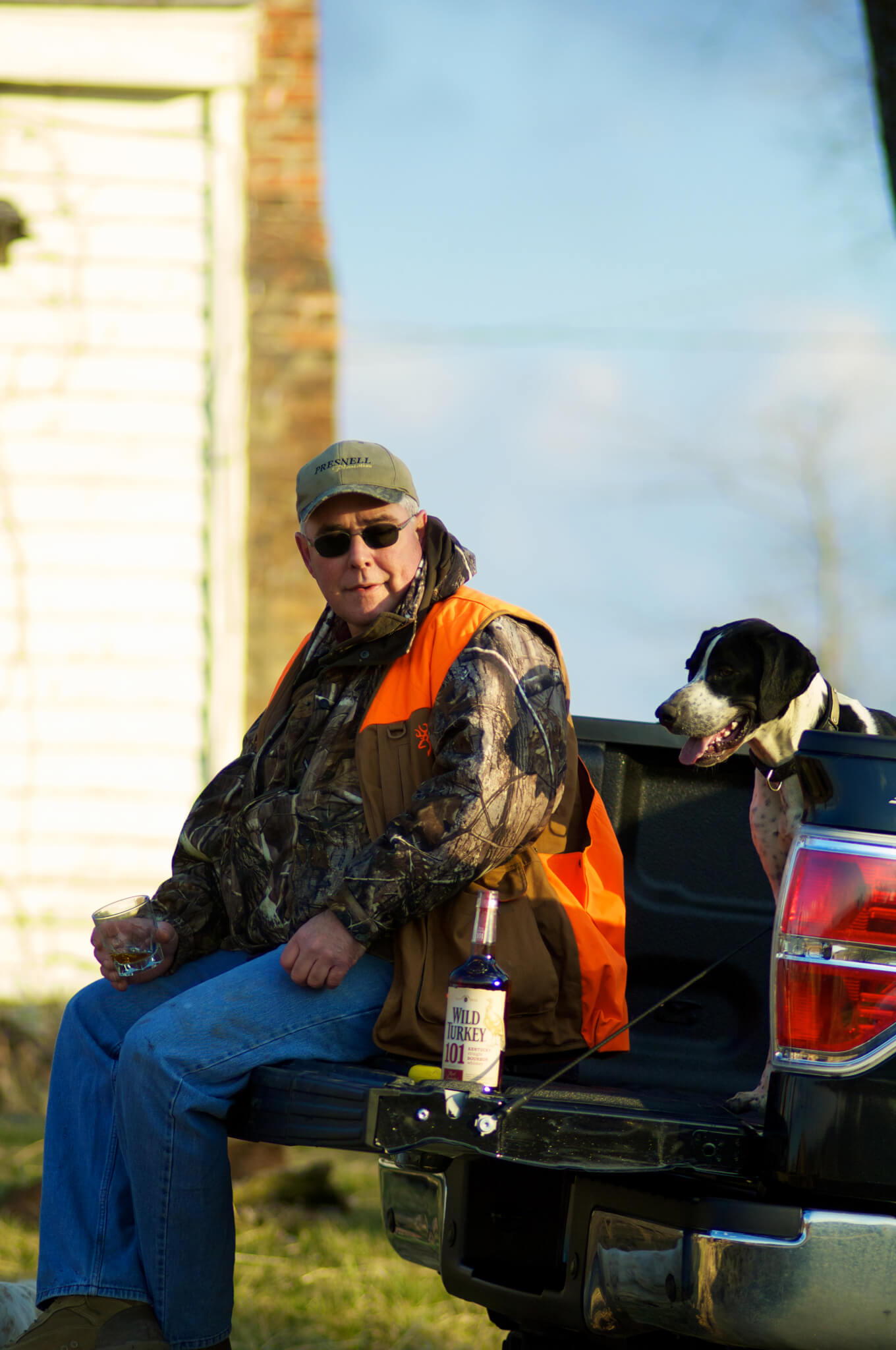
The other day, in my drinks newsletter, I sent a note to my top subscribers, asking what they wanted to see in 2020. The wonderful feedback blew my mind. Seriously, at one point, I wondered if I owed folks a consulting fee!
Interestingly, though, what many wanted I had already done. One person suggested I dig into my archives and publish past stories on Fredminnick.com. The great thing about being an American writer (other countries have different copyright laws), I own everything I write, even if previously published, unless I sign away my copyright. So, that’s what I’m going to do. Hello, archives.
I wrote the following story for Covey Rise in 2013. Little did I know that this first column would eventually lead to Bourbon+, the majority owner also owns Covey. Enjoy!….
WATCH
“Hunter’s & Whiskey” Originally published in Covey Rise, September 2013
There’s been many a tall tales come from hunters sipping whiskey. Heck, you may have a few yourselves. But did you know this ritual represents an integral part of whiskey history?
Hunters originally packed whiskey for medicinal purposes.
In an 1869 issue of Hunters & Trappers, the publisher explains how to treat a rattlesnake bite: “When bitten, take a good whiskey and drink as fast as you can stand it; allow yourself to feel the liquor before you stop taking it; I mean, drink a half a pint…”
Of course, that half a pint would taste nothing like today’s whiskey. Back then, laws did not protect the quality of the spirit and early Americans drank whiskey colored with tobacco spit and flavored with snake heads. An 1837 The Sporting Magazine author writes about enduring bad whiskey on a quail hunt: “And to my sorrow I did taste it—old apple whiskey, with Lord knows how much snake-root soaked in it for five years. …”
Thankfully, today’s whiskey recipes avoid snake-root, and hunters need not pack whiskey for health reasons.
In the modern era, hunters still carry their whiskey jugs, flasks and bottles to toast a hard day’s hunt. Whiskey companies also target hunters.
When you walk down a whiskey aisle in the liquor store, you’ll see many bottles donning birds, deer and other game. A quick count at my liquor store discovered 28 whiskey brands with hunting-influenced labels, including jackrabbits on High West whiskey, antlers on Red Stag black cherry whiskey and a squirrel on Aberfeldy Single Malt Scotch whisky. Some named their whiskey after the hunter’s prey, such as the Famous Grouse blended Scotch whisky or Caribou Crossing Canadian Whisky, while others named brands after hunting dogs—see Wolfhound Irish whiskey or Bird Dog whiskey.
But only one brand was created for hunters by hunters. As an executive for Austin, Nichols Distillery in Lawrenceburg, Kentucky, Thomas McCarthy had access to some of the best whiskey in the state. When he and his pals went for wild turkey hunts in the Carolinas, McCarthy regularly poured handsome shares of his distillery’s best whiskey.
This whiskey was not available on the market by itself. Its richness and smooth finish were blended with lesser whiskey. In the late 1930s, most good whiskey was gone thanks to Prohibition and distillers lumped most product for one big batch.
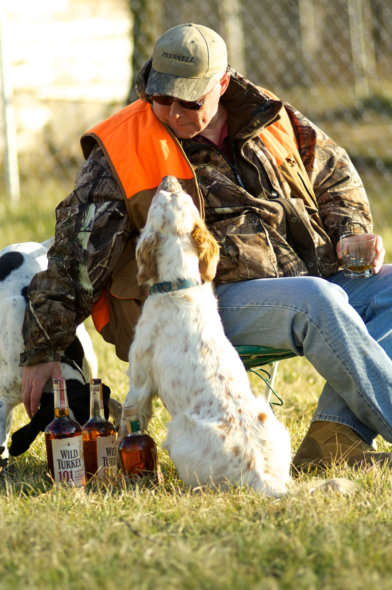
So, McCarthy’s friends understood this whiskey was special. Before every hunt, they asked their distillery friend to keep bringing that “Wild Turkey” whiskey.
McCarthy saw an opportunity and created the Wild Turkey bourbon brand in 1940. And to this day, Wild Turkey is steeped in hunting tradition. The bourbon maker is a significant corporate sponsor to the National Wild Turkey federation, nearly all of its employees hunt and its distiller, Eddie Russell, trains his own bird dogs for quail and pheasant hunting.
“Nothing’s changed since the beginning,” Russell says. “We make our whiskey with the same recipe, the same yeast culture and all our employees hunt.”
When he’s not working with his English setter, Russell and his father, legendary master distiller Jimmy Russell, are whipping up new batches of Wild Turkey 101, Wild Turkey Rye, Russell’s Reserve, 10-year-old, Rare Breed and American Honey.
Without a doubt, Wild Turkey is one of my favorite American whiskey portfolios. You can taste raw, unfettered character in every sip.
If you had to choose which Wild Turkey to pack on your next hunt, I’d suggest Rare Breed or the Russell’s Reserve 6-year-old Small Batch Rye Whiskey.
(REMEMBER, THIS WAS WRITTEN IN 2013)
Rare Breed ($40), one of the first barrel-proof bourbons to hit the market, delivers a beautiful woody nose with sweet oak smells, sort of like a freshly cut oak branch. The nose lingers with caramel and vanilla with just a hint of peach. To the palate, Rare Breed is spicy, peppery even, and earthy. Not too sweet, but there’s the usual caramel and vanilla with a hint of honey. Rare Breed is conversation whiskey.
And, Russell’s Reserve 6-year-old Small Batch Rye whiskey ($40) is the kind of whiskey you can’t wait to share. At 90 proof, the whiskey heats the chest, but doesn’t burn your nose. One whiff from this crafted whiskey and you’re overwhelmed with roasted almonds, momma’s pecan pie, nutmeg, vanilla and caramel with a slight hint of dill. The taste smoothly goes down for a long enjoyable finish.
There’s one major problem with Russell’s Reserve, however. My liquor store can’t keep it stocked. Hopefully, you’ll have better luck.
Subscribe to my new YouTube channel and podcast.




